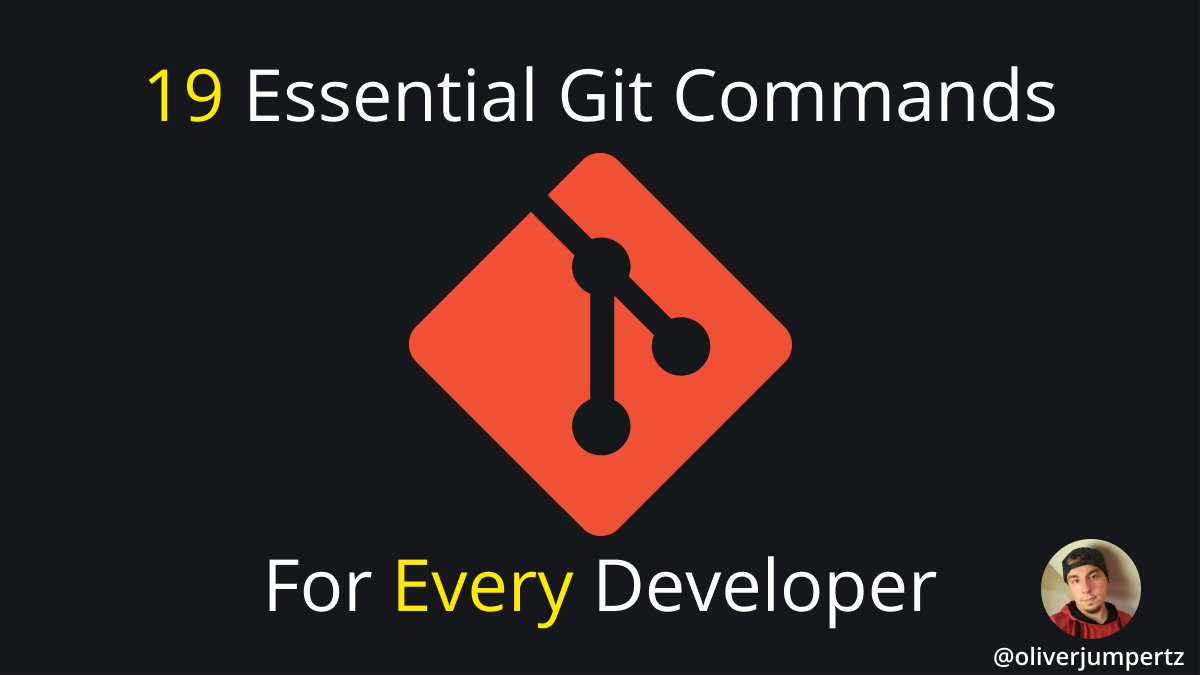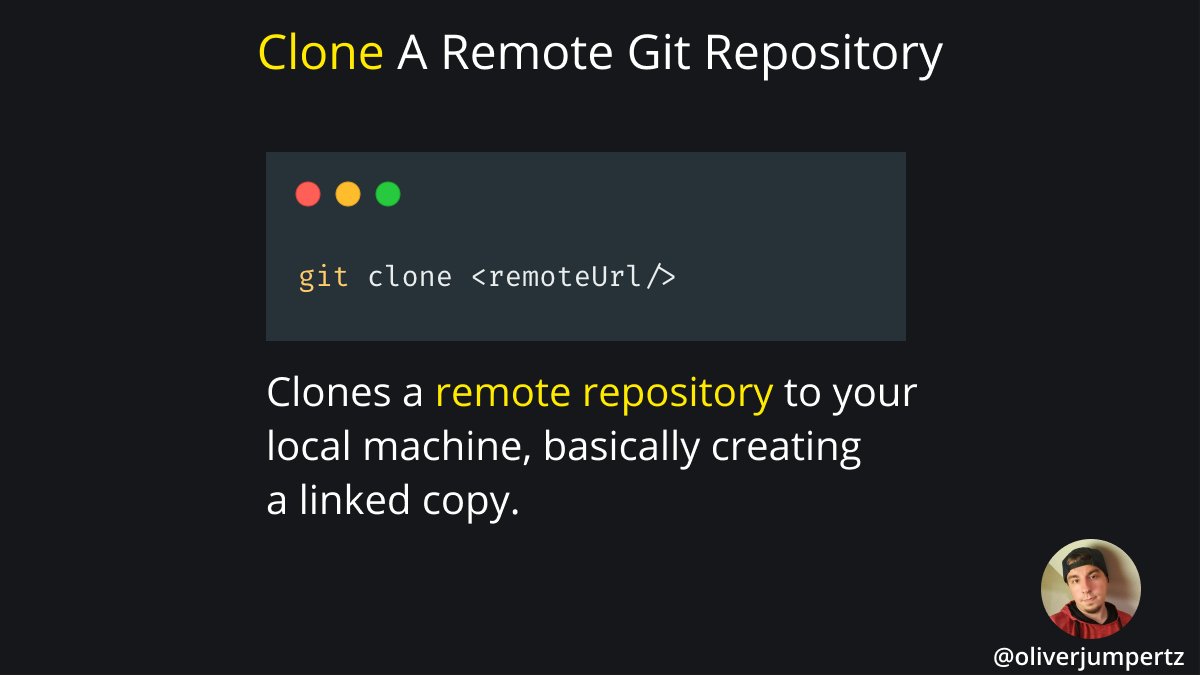
From time to time you read the term Web 3.0. For many of us, however, this term is still mysterious.
Time to shed some light on it and explain what it actually is all about!
A thread. ↓
Time to shed some light on it and explain what it actually is all about!
A thread. ↓
1. The Web Today
The web as we know it today is actually already Web 2.0.
It is an extension of the original Web (1.0).
In the beginning, the web was meant for websites to provide information and users to consume it.
The web as we know it today is actually already Web 2.0.
It is an extension of the original Web (1.0).
In the beginning, the web was meant for websites to provide information and users to consume it.
Web 2.0 changed this and brought the user into the game.
Users started to create the content themselves, while websites became the platform to distribute this new content instead of only consuming information.
Users started to create the content themselves, while websites became the platform to distribute this new content instead of only consuming information.
Especially social media made Web 2.0 a reality and kick-started an evolution that still goes on today.
Facebook, Instagram, Twitter, TikTok, YouTube, and more are all platforms where users provide the actual content.
They enable Web 2.0.
Facebook, Instagram, Twitter, TikTok, YouTube, and more are all platforms where users provide the actual content.
They enable Web 2.0.
2. Web 3.0
The next step in the evolution of the web is Web 3.0, another "update" that aims at making the web even better and a little different.
The original inventor of the web, Tim Berners-Lee, called Web 3.0 the "Semantic Web".
The next step in the evolution of the web is Web 3.0, another "update" that aims at making the web even better and a little different.
The original inventor of the web, Tim Berners-Lee, called Web 3.0 the "Semantic Web".
His general idea was that the web would become more autonomous, intelligent, and open.
Although already pretty precise, the idea still leaves a lot of room for speculation.
It is clear what the goal is but not how to reach it.
Although already pretty precise, the idea still leaves a lot of room for speculation.
It is clear what the goal is but not how to reach it.
The way to achieve the next steps of evolution became clearer over time.
With technological advancements and innovative developments, tools and techniques became available that now provide a way to reach Web 3.0.
With technological advancements and innovative developments, tools and techniques became available that now provide a way to reach Web 3.0.
3. The New Parts Of Web 3.0
The overall technologies that will most probably enable Web 3.0 are in no particular order:
- Artificial intelligence
- Blockchain technology
- Internet of Things
- AR/VR
The overall technologies that will most probably enable Web 3.0 are in no particular order:
- Artificial intelligence
- Blockchain technology
- Internet of Things
- AR/VR
We will now look at those individual parts, learn a little about them and how they contribute to Web 3.0 overall.
4. Artificial Intelligence
AI plays a crucial role, especially in making the web semantic.
Take a look at the following two sentences:
1. "I love JavaScript"
2. "I 💛 JavaScript"
They both mean the same thing (they have the same semantics) but are written differently.
AI plays a crucial role, especially in making the web semantic.
Take a look at the following two sentences:
1. "I love JavaScript"
2. "I 💛 JavaScript"
They both mean the same thing (they have the same semantics) but are written differently.
This is only an elementary example, but it still shows that the web must begin to understand semantics at all to enable a semantic web.
It moves away from simple text processing to intelligent processing, where websites learn to really understand their users.
It moves away from simple text processing to intelligent processing, where websites learn to really understand their users.
By this, users get an overall better experience.
The more they are understood, and the more the web learns to understand their emotions, the better their overall experience.
The goal is to recommend THE content they REALLY want.
The more they are understood, and the more the web learns to understand their emotions, the better their overall experience.
The goal is to recommend THE content they REALLY want.
Another role of AI is to make the web more open.
Smart devices like voice assistants enable users to consume the web without needing a computer or a smartphone.
They also help users to access the web who couldn't do otherwise.
Smart devices like voice assistants enable users to consume the web without needing a computer or a smartphone.
They also help users to access the web who couldn't do otherwise.
If people who are limited in their participation abilities get the chance to do so without barriers, everyone profits.
More diverse opinions, more content, more people overall.
No one should be excluded.
More diverse opinions, more content, more people overall.
No one should be excluded.
5. Blockchain Technology
Blockchains are decentralized data stores where no single entity owns the data.
The data is distributed to multiple nodes that all talk to each other.
No one can manipulate existing data because it is immutable.
Blockchains are decentralized data stores where no single entity owns the data.
The data is distributed to multiple nodes that all talk to each other.
No one can manipulate existing data because it is immutable.
Integrating blockchains deeper into the web plays a crucial role in making the web more open for everyone.
When decentralized platforms back platforms, it becomes harder or even impossible to prevent certain users from participating.
When decentralized platforms back platforms, it becomes harder or even impossible to prevent certain users from participating.
Cryptocurrency could be a way to give equal chances to all users to earn money on the web and pay others for their services, without states having the chance to prevent their citizens from doing so.
Decentralization will also make the web more autonomous.
It gives more power to the people who actually shape the web than to those who only try to regulate it.
It gives more power to the people who actually shape the web than to those who only try to regulate it.
6. Internet of Things
IoT plays a huge role in making the web more open.
The more different devices are connected to the internet, and the better they allow users to participate, the more open the web becomes.
IoT plays a huge role in making the web more open.
The more different devices are connected to the internet, and the better they allow users to participate, the more open the web becomes.
When you can even join a talk from your fridge while cooking a meal in your kitchen, you have more chances to be a part of the web.
The additional data produced by all those devices will also help in making the web more semantic.
The additional data produced by all those devices will also help in making the web more semantic.
All that data can be incorporated into better AI/ML models that in return will understand the users better and better.
And when nearly all devices can connect to the web, it becomes accessible to anyone, even those who couldn't participate otherwise.
And when nearly all devices can connect to the web, it becomes accessible to anyone, even those who couldn't participate otherwise.
7. AR/VR
Augmented Reality brings the power of the web to the real world.
The further it advances, the further the web becomes a natural part of our daily lives.
Some applications that you can already use nowadays let you see how new furniture will look in your room, e.g.
Augmented Reality brings the power of the web to the real world.
The further it advances, the further the web becomes a natural part of our daily lives.
Some applications that you can already use nowadays let you see how new furniture will look in your room, e.g.
Future applications might integrate even more seamlessly into our lives.
By this, the web becomes even more accessible and open.
Virtual Reality will become better and better over time.
By this, the web becomes even more accessible and open.
Virtual Reality will become better and better over time.
There might come a time where you don't have to travel hundreds of kilometers anymore to check out a house you potentially want to buy in a new city.
You would only have to put your VR headset on that lets you walk through your potential new home in real-life-like graphics before you sign that contract.
8. Thread end
That's it for this thread.
I hope you learned something valuable.
If you enjoyed reading this Thread, consider dropping a like, retweet the first tweet, and follow me (@oliverjumpertz) for more content like this.
That's it for this thread.
I hope you learned something valuable.
If you enjoyed reading this Thread, consider dropping a like, retweet the first tweet, and follow me (@oliverjumpertz) for more content like this.
• • •
Missing some Tweet in this thread? You can try to
force a refresh











